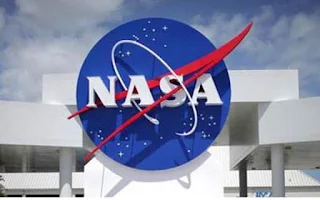NASA's Parker Solar Probe has successfully completed a flyby of Venus at a distance of about 2,415 kilometres during its first gravity assist from the planet.
a. Parker Solar Probe
b. Peter Solar Probe
c. Seeker Solar Probe
d. None of the above
- These gravity assists will help the spacecraft tighten its orbit closer to Sun over the course of the mission.
About the Parker Solar Probe Mission:
- Parker Solar Probe is mankind's first mission to study the outer corona of Sun.
- It was successfully launched in August 2018 for an unprecedented seven-year long journey to unlock mysteries of Sun's fiery outer atmosphere and its effects on space weather.
- It is designed and built by NASA's Johns Hopkins University Applied Physics Laboratory.
- It is named after solar astrophysicist Eugene Parker, making it the first spacecraft of NASA to be named after a living person.
Scientific Goals of the Mission:
- Determine the structure and dynamics of the magnetic fields at sources of solar wind.
- Trace the flow of energy that heats corona and accelerates solar wind.
- Determine what mechanisms accelerate and transport energetic particles.
- Explore dusty plasma near Sun and its influence on solar wind and energetic particle formation.
More about the Mission:
- Parker Solar Probe will explore Sun's outer atmosphere and make critical observations to answer questions about physics of stars.
- Its data will also be useful in improving forecasts of major eruptions on Sun and subsequent space weather events that impact technology on Earth, as well as satellites and astronauts in space.
- The probe is designed to endure harsh environment near Sun, by approaching within 8.5 solar radii (5.9 million kilometers) to 'surface' (photosphere) of Sun where incident solar intensity is approximately 520 times the intensity at Earth orbit.
- It will have a mission life of seven-year.
- It is fitted with thermal protection system (TPS) or a heat shield made of reinforced carbon-carbon composite that will allow it to survive temperatures in Sun's corona.
- Its main systems and scientific instruments are located in the central portion of the shield's shadow, where direct radiation from Sun is fully blocked.
Question:
Q. What is the name of NASA's Solar Probe that has successfully completed a flyby of Venus at a distance of about 2,415 kilometres during its first gravity assist from the planet?a. Parker Solar Probe
b. Peter Solar Probe
c. Seeker Solar Probe
d. None of the above



